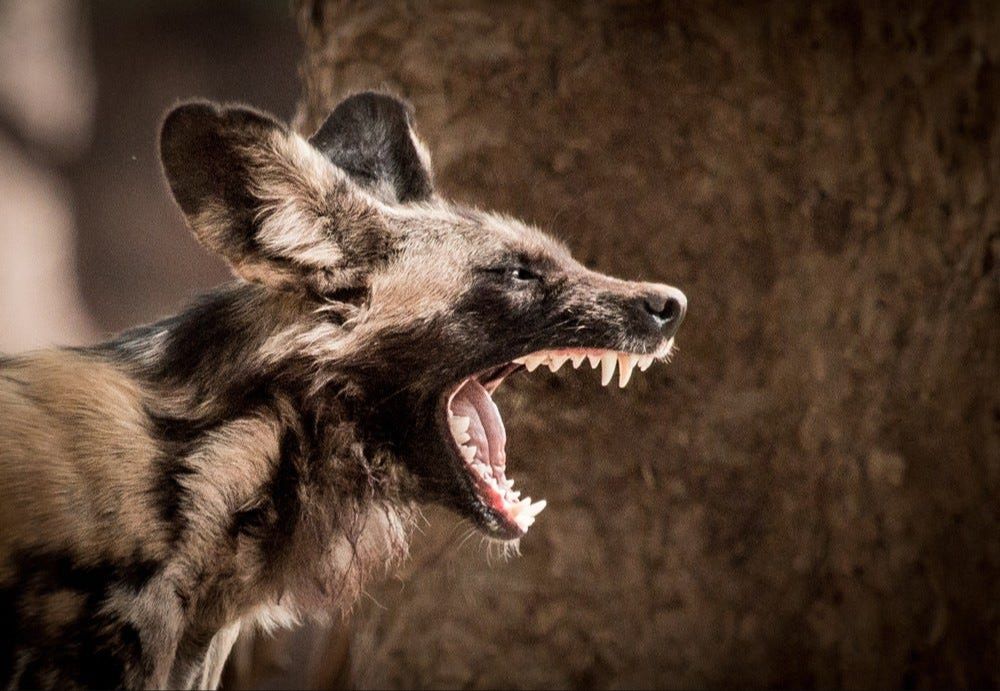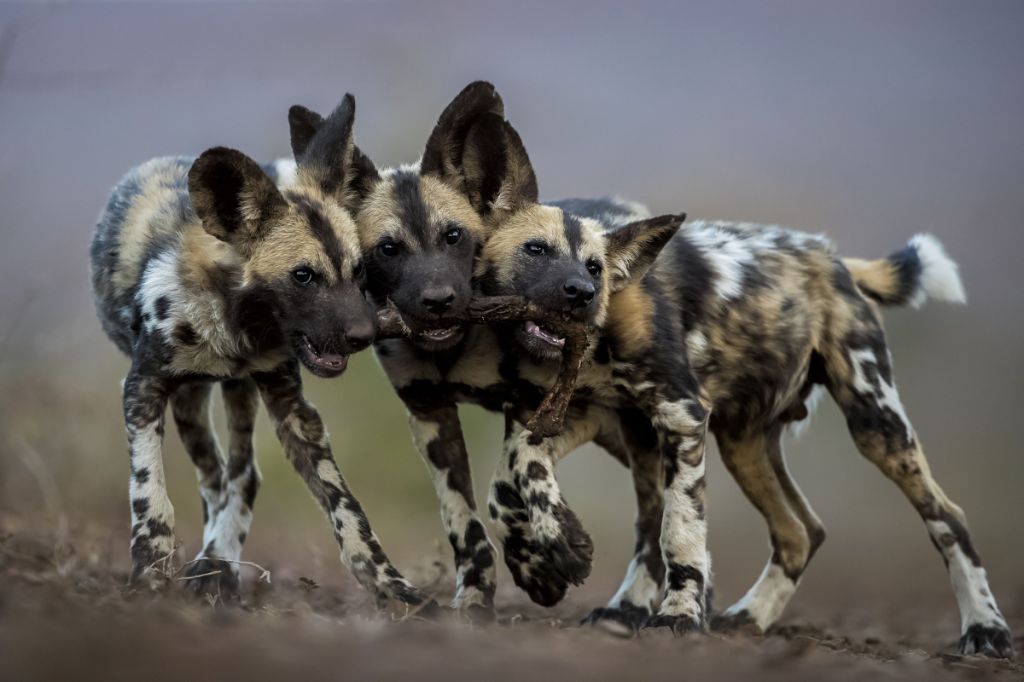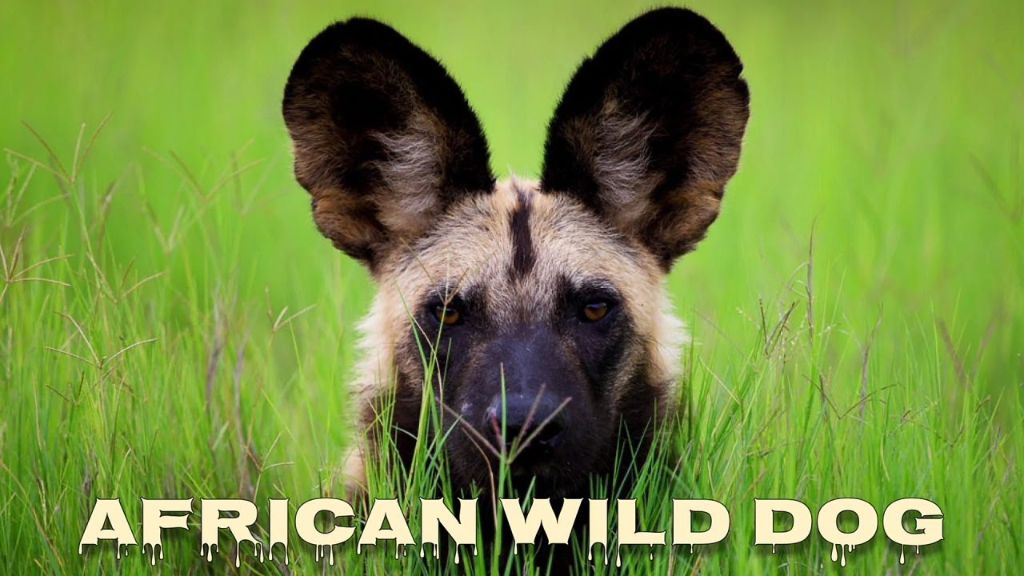Introduction
Wild dogs have developed a variety of defense mechanisms over time to help protect themselves against predators and other threats in the wild. As pack animals, wild dogs rely on teamwork and group behaviors to defend their territory and stay safe. Some of the main defenses wild dogs utilize include:
– Sharp teeth for biting and injuring threats
– Group hunting and living in packs for protection
– Making vocalizations like howls to communicate
– Speed and agility to avoid attacks
– Digging burrows and dens to hide in
– Camouflage from their fur coloring
– Scent marking territories to ward off intruders
– Avoiding areas with lions and hyenas when possible
These adaptations allow wild dogs like African wild dogs, dholes, and bush dogs to survive against big cats, hyenas, and other predators wanting to eat them. However, wild dogs face shrinking habitats and prey due to human activities, putting their future at risk.
Sharp Teeth
Wild dogs have extremely powerful jaws and sharp teeth to grab and tear flesh from prey. Their bite force measures over 300 pounds per square inch (psi), which is stronger than many dog breeds like German Shepherds and Rottweilers (source). This allows them to bite through thick hides and break bones. Studies show their bite force is stronger than hyenas, averaging around 400 psi (source). Wild dogs use their formidable teeth for hunting, latching onto prey animals and holding on tenaciously. Their sharp teeth also provide defense against predators. With their powerful jaws and dangerous bite, wild dogs can fiercely protect themselves from threats.

Pack Behavior
African wild dogs live and hunt in tightly knit packs that provide vital protection, cooperative hunting, and shared territorial defense. Pack sizes range from 2 to 27 individuals, with an average of about 10 (Fanshawe, 1993; Hubel et. al, 2016).
There are several benefits and safety advantages to living in packs:

- Safety in numbers – Wild dogs hunting together in packs are able to pursue and tackle larger prey more successfully than a lone individual.
- Cooperative hunting and rearing – Packs hunt antelope by chasing and fatiguing prey until they can close in for the finishing attack. Packs also cooperate to feed nursing mothers and care for pups.
- Shared defense of territory – Pack members collectively mark and patrol their territories, seeing off rival predators and packs.
Overall, the pack structure allows African wild dogs to effectively hunt, raise young, and defend resources needed for survival.
Vocalizations
African wild dogs utilize various vocalizations to communicate and intimidate. Growling and barking are often used to threaten enemies (“Vocal Communication in Free-Ranging African Wild Dogs ( …”, 2000). When defending their territory or food, wild dogs will emit guttural growls and barks. These noises help intimidate intruders and convey an aggressive warning (“Vocal communication in free-ranging African wild dogs …”, 2000).

In contrast, wild dogs use melodic howls to communicate with their pack members. Howling allows them to locate each other, assemble for a hunt, or share information. Their howls can carry over long distances through the savanna. Packs even have unique “choruses” based on the pitch and timing of their howls, enabling identification of friendly neighbors versus strangers (“Vocal communication in free-ranging African wild dogs …”, 2022). Howling is an essential vocalization for maintaining unity in the African wild dog pack.
Speed and Agility
African wild dogs are able to run at incredible speeds of up to 45 mph according to data mined from https://www.speedofanimals.com/animals/african_wild_dog. This speed allows them to chase down prey efficiently during a hunt. Their top speed is comparable to other swift predators like the coyote which can run up to 42.9 mph. African wild dogs use their speed and agility to catch prey as well as evade predators when needed.
According to an article on China.org.cn, the African wild dog can run as fast as 45 mph making it one of the top 10 fastest animals on land. Their ability to run at high speeds and swiftly change direction allows African wild dogs to excel as pursuit predators and run down prey over long distances. They also rely on their speed and nimbleness to avoid predators when needed, zigzagging out of reach from threats like lions and hyenas.
Burrowing
Wild dogs will dig burrows and dens to create shelter and protection (Source 1, Source 2). These dens provide a safe space to raise their pups. The burrows also serve as escape tunnels that allow the wild dogs to quickly flee threats or bad weather. By digging into the ground or hiding in rock crevices, wild dogs can find temperature regulation and avoid temperature extremes. Their burrowing instinct provides security and meets their needs for shelter and protection.

Camouflage
African wild dogs use camouflage as an important defense tactic. Their fur coat is colored in shades of brown, black, and tan, which helps them blend into their natural surroundings when stalking prey on the savanna [1]. This mottled fur provides camouflage from both prey animals and potential predators. Wild dogs will use stealthy, low stalking techniques to quietly approach within striking distance of prey before breaking into a rapid chase. Their fur coloration gives them an advantage during these stalks by masking their approach. According to African Travel Canvas, the cover of night also gives the wild dogs added camouflage benefits when hunting under darkness [2].
Territory Marking
African wild dogs use several methods to mark and communicate their territorial boundaries. One of the primary ways is through scent marking using urine and feces. They will deliberately deposit these strong-smelling substances at key locations along the edges and throughout their territory. These scent marks serve as a warning to intruding packs that the area is occupied. Research has shown that wild dogs do not concentrate scent marks in certain border areas. Rather, they distribute them widely across their entire territory, with the concentration increasing as you move towards the core areas of their range (Parker 2010).
In addition to scent marking, African wild dogs will also engage in visual marking behaviors. One of these involves utilizing their claws to make small scratches in the ground, especially around dens and rendezvous sites. These visual cues, combined with frequent scent marks, play an important role in defining territorial boundaries and conveying crucial information to other packs.
Avoidance
African wild dogs exhibit caution and avoidance behaviors when encountering larger predators like lions or spotted hyenas. Research shows that African wild dogs will avoid areas marked by hyena scents and sounds when selecting den sites to protect vulnerable pups (Jackson 2014). When confronted by larger predators, wild dogs will retreat rather than fight if they are outnumbered. One defensive strategy is to regurgitate food to distract the predator if chased while making a kill.
Conclusion
African wild dogs have developed several key strategies to protect themselves from predators and survive in the harsh wilderness. Their main defenses include sharp teeth for hunting and protection, pack behavior that provides strength in numbers, various vocalizations to communicate with the pack, speed and agility to chase down prey or escape threats, burrows that provide shelter, camouflage fur to blend into surroundings, territory marking to ward off intruders, and avoidance of larger predators when possible.
No single defense fully protects African wild dogs – rather, it is the combination of physical adaptations, instincts, and learned behaviors that increase their odds of survival. Working together in a cooperative pack also enhances their ability to thrive in the African bush. Ultimately, the African wild dog’s versatility and resourcefulness as a fierce hunter and evasive prey has ensured its continued existence despite threats from habitat loss and other predators.
